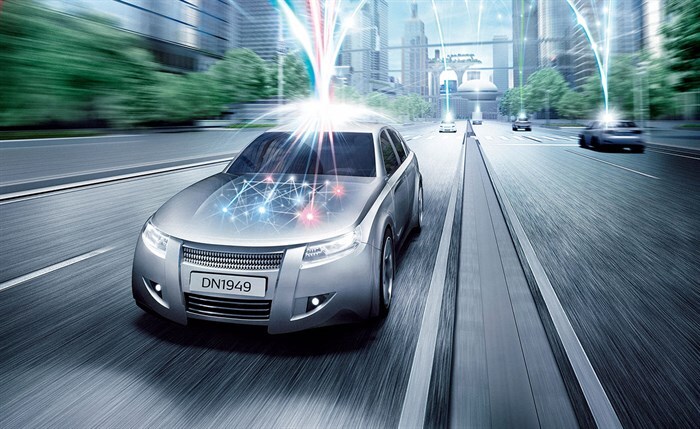A quantum leap forward in traffic management

What is quantum computing?
Quantum computing is still considered an emerging technology and is not expected to enter practical use in society for around five years or so. While conventional computers are capable of solving complex tasks through automation, data and machine learning, quantum computers take this further and can solve a greater volume of complex tasks at the same time, considerably faster than typical computers. They are highly successful at solving ‘optimisation problems’ – for example, the question of how a resource such as time or energy can be used optimally in a specific scenario.
Currently, quantum computers are physically very large, far too big to be stored on vehicles. However, when deployed within the Internet of Things, it is possible to connect quantum computing technology to in-vehicle sensors to visualise data. The information can then be analysed, manipulated and optimised to help autonomous vehicles make more intelligent decisions, in real-time.
Why does the automotive industry need quantum computers?
Every driver has been there: travelling through a city, making good time on a journey when suddenly traffic slows down and comes to a standstill. The first thing most drivers do is look to satellite navigations systems to identify alternative routes that avoid the congestion. However, lots of drivers are shown the same ‘alternative’ route and before long, that becomes congested as well. Traffic jams start to occur in succession and nobody is able to avoid the congestion.
In an ideal world, if there are multiple alternative routes, an equal number of cars will take each one, rather than all cars taking the same alternative journey, ensuring that the number of cars that reach their destination on time is at least twice as many.
The problem is, typical satellite navigation systems rely on standardised computing technology to recalculate routes. For example, if a car has three routes and there are two cars, a total of nine combinations (3 x 3) are available, and some combinations are congested. A simplified traffic congestion solution model computes the nine combinations, judges a combination that is congested and should not be selected, and finds the best route.
However, in reality, if a car has three routes and nine combinations, then ten cars could have 60,000 combinations of possible routes; 20 cars could have 3.5 billion combinations and 30 cars as many as 20 trillion combinations. Conventional computers would take an eternity to compute every alternative route to ensure that congestion is eliminated. This is why quantum computing is necessary.

How is DENSO using quantum computers?
According to a recent article in the Bangkok Post, the city has been ranked among the worst in the world for traffic congestion. Drivers that find themselves caught up in a jam look to their navigation systems for an alternative. All drivers are shown the same route and more roads become congested. If the optimum route is computed for every individual vehicle, the volume of computations required is huge. In the “Optimise the Moment” project, DENSO is endeavouring to compute all of these optimum routes with the aid of quantum computers.
The technology is being used to carry out calculations on the huge number of cars in Bangkok and the routes they take. By making use of the effects of quantum super position and algorithms to efficiently identify optimum solutions, DENSO’s quantum computing solution allows optimal routes to be calculated in real time, presenting all cars with different routes to optimise the traffic of the entire town, alleviating traffic jams. This is a typical optimisation problem but with the help of quantum computers, DENSO is able to optimise society from a wider perspective, to improve the situation.
While the technology may seem revolutionary to some, it’s the next natural stage in DENSO’s development of autonomous vehicle technology. DENSO is already a leading name in the field of electrification, sensor technology, connectivity and vehicle efficiency and is taking its technology even further to help improve the mobility experience. Not only will DENSO’s work in optimisation help to streamline the flow of traffic in urban areas, it has the potential to save lives due to fewer accidents and better access for emergency vehicles.




















































